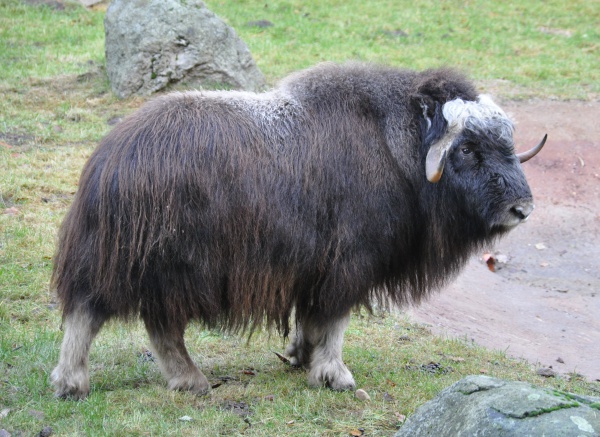Facts About Muskox
The muskox, sometimes spelled musk ox or musk-ox, is an Arctic mammal renowned for its thick coat and the potent musky scent males emit during the mating season. These hoofed animals belong to the Bovidae family and inhabit regions such as Greenland, the Canadian Arctic, Alaska, Yukon, the Scandinavian Peninsula, and Siberia.
Interestingly, muskoxen are more closely related to sheep and goats than to oxen. They are part of the genus Ovibos and rank among the largest members of the Caprinae subfamily. Fossil records reveal that muskoxen evolved from ancestors with sheep-like horns in temperate Asia, gradually adapting to the cold tundra environments. Today, the muskox is the last surviving member of a group of ovibovines that made the tundra their home.
Muskoxen possess several distinctive physical characteristics. They feature long, curved horns and a dense coat of black, grey, and brown fur. Despite their robust appearance, they are smaller than bison. Their wool, known as qiviut, is highly prized for its softness and excellent insulation properties. These animals can run up to 60 km/h and typically live between 12 and 20 years.
Living in herds, muskoxen maintain a social structure where dominant males assemble harems during the mating season. Females play a crucial role, particularly during pregnancy and calf-rearing. When confronted by predators like Arctic wolves, muskoxen exhibit a unique defensive behavior by forming protective circles around their young.
Thanks to hunting regulations and conservation efforts, the conservation status of muskoxen has improved over the years. The global population is now estimated to be between 80,000 and 125,000, with significant numbers on Banks Island. In Greenland, muskoxen benefit from protection within national parks, shielding them from hunting and other threats.
